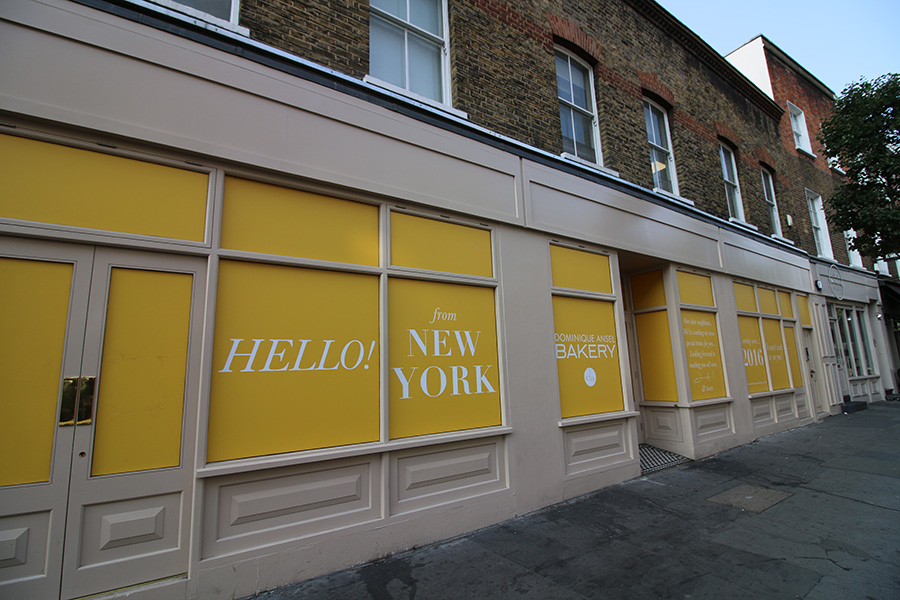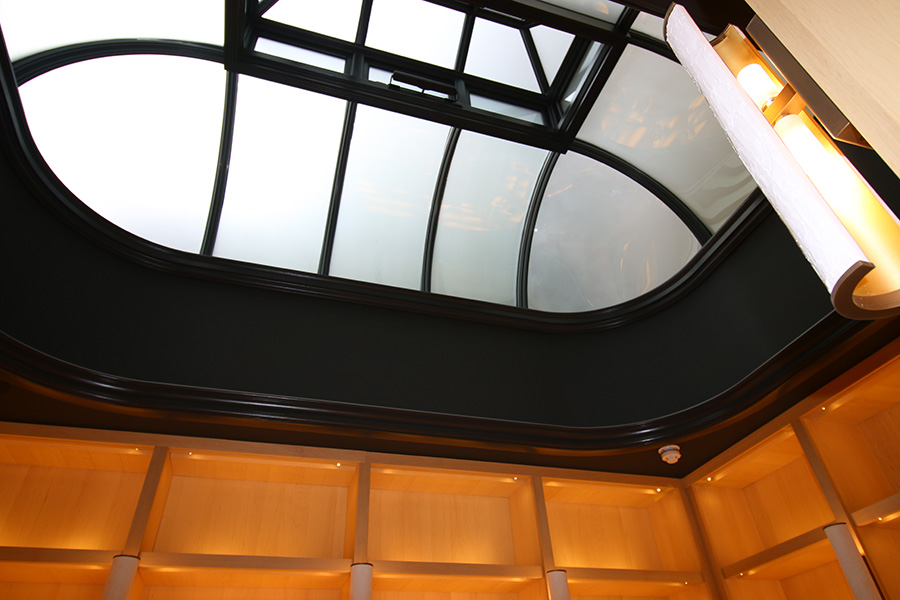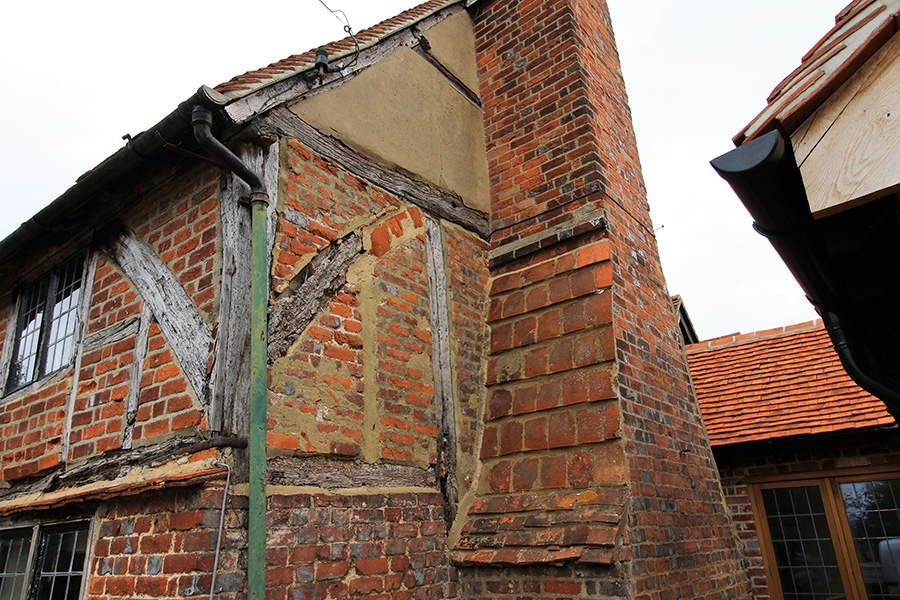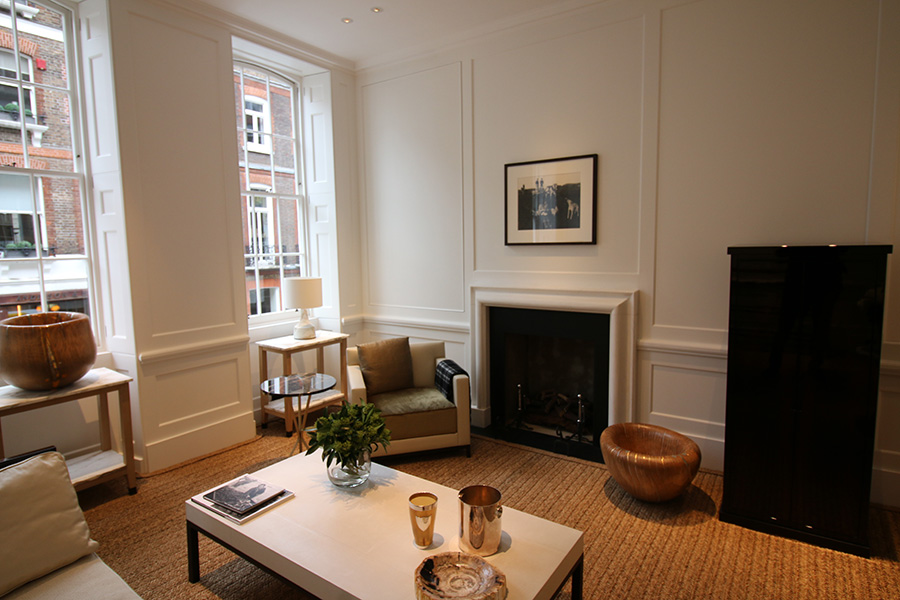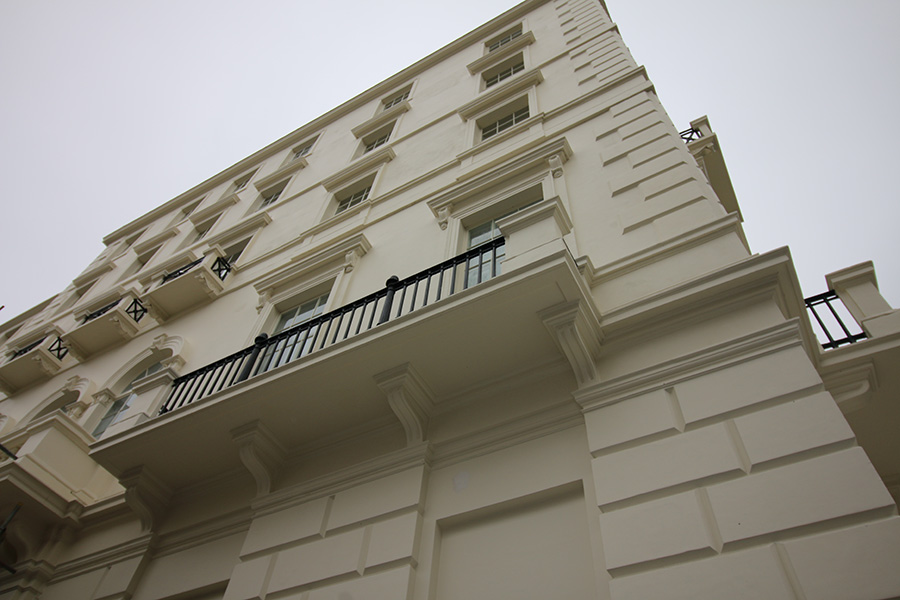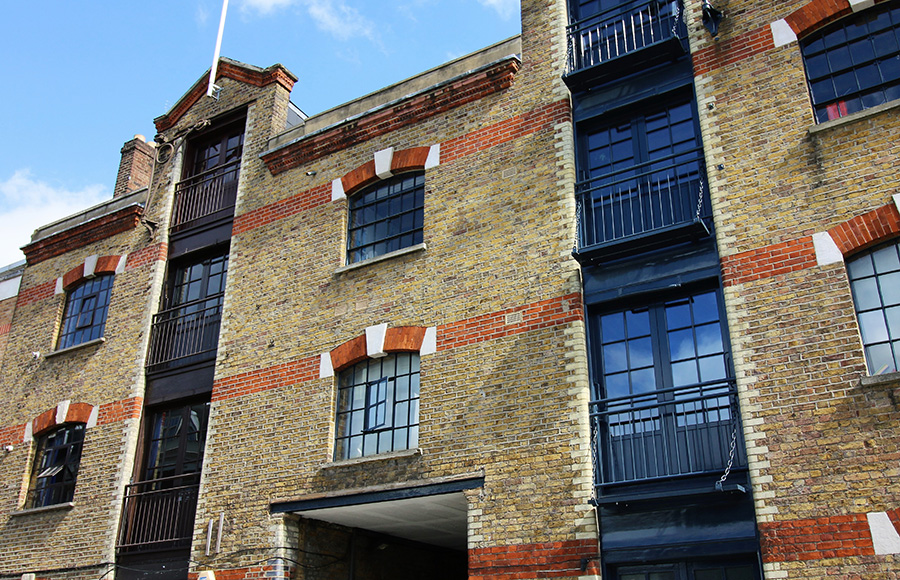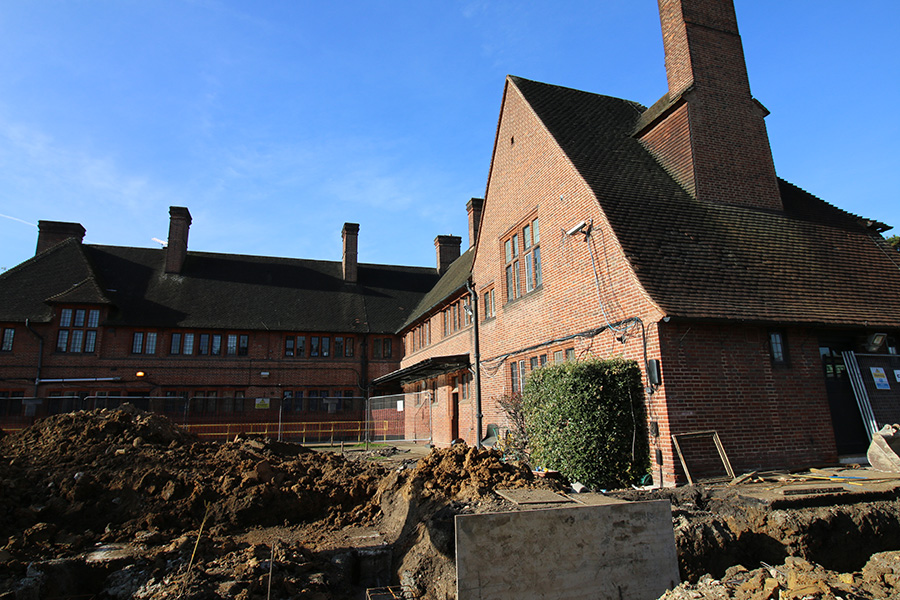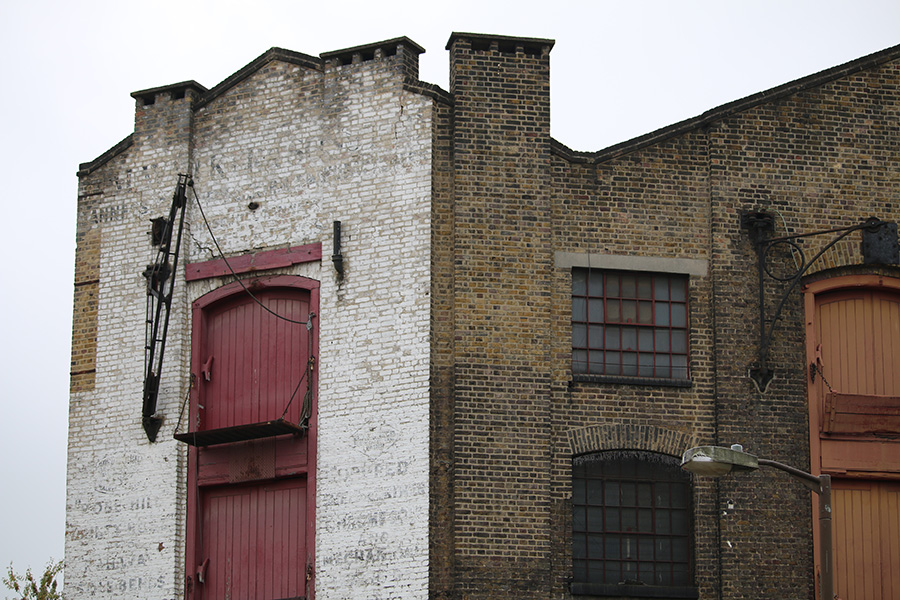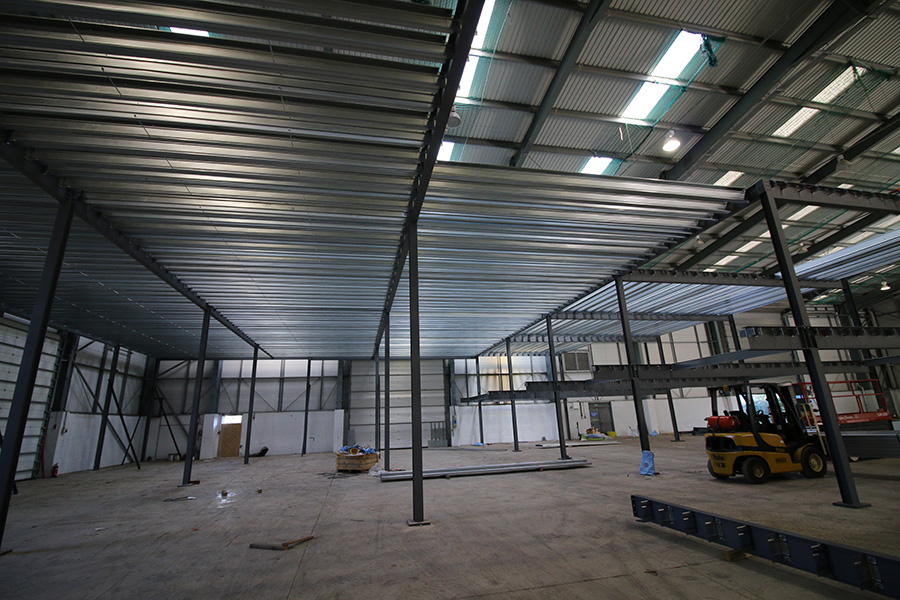
Frequently Asked Questions
General
The Building Regulations apply to new building work, the Regulations are not retrospective, and so do not apply to existing buildings. If you have a problem with a new home you should raise it with the builder or warrantee provider.
Various internet web sites exist which provide radon risk reports. These reports are usually provided as a chargeable service from the providers and the relevant web site for existing properties is:
UK radon appropriate to small domestic and workplace buildings and extensions that have an existing postal address.
Flood mitigation (i.e. measures that can be taken to keep water out of the building or measures to make it quicker and cheaper to allow the building to be re-occupied after flooding) is not a matter covered by Building Regulations.
Planning approval may include conditions for mitigation measures.
Advice is given in BS 85500 flood resistant and resilient construction guide to improving the flood performance of buildings. A core standard can be downloaded from www.shop.bsigroup.com
Your Local Authority Planning Office and the Building Control Authority should hold records of recent extensions to dwellings. You should contact them to verify what permissions have been sought. Contact points can be found from the local telephone directory, the internet or from local citizen’s advice bureau or public libraries.
You will need to provide a damp proof course in the extension walls at least 150mm above ground level comprising of impervious sheet material, engineering brick or slates in suitable cement mortar or equivalent materials to prevent the passage of moisture.
Further guidance on suitable damp proof course materials can be found in British Standards Institution Published Document PD 6697: 2010 ‘Recommendations for the design of masonry structures to BS EN 1996-1-1 and BS EN 1996-2’ or in British Standards Institution BS 5628 Part 3: 2005 ‘Code of practice for the use of masonry – Materials and components, design and workmanship’. British Standards Institution publications are available from:
British Standards Institution
389 Chiswick High Road
London
W4 4AL
Technical
Part A - Structure
The Building Regulations apply to new building work, the Regulations are not retrospective, and so do not apply to existing buildings. If you have a problem with a new home you should raise it with the builder or warrantee provider.
Various internet web sites exist which provide radon risk reports. These reports are usually provided as a chargeable service from the providers and the relevant web site for existing properties is:
UK radon appropriate to small domestic and workplace buildings and extensions that have an existing postal address.
Flood mitigation (i.e. measures that can be taken to keep water out of the building or measures to make it quicker and cheaper to allow the building to be re-occupied after flooding) is not a matter covered by Building Regulations.
Planning approval may include conditions for mitigation measures.
Advice is given in BS 85500 flood resistant and resilient construction guide to improving the flood performance of buildings. A core standard can be downloaded from www.shop.bsigroup.com
Your Local Authority Planning Office and the Building Control Authority should hold records of recent extensions to dwellings. You should contact them to verify what permissions have been sought. Contact points can be found from the local telephone directory, the internet or from local citizen’s advice bureau or public libraries.
You will need to provide a damp proof course in the extension walls at least 150mm above ground level comprising of impervious sheet material, engineering brick or slates in suitable cement mortar or equivalent materials to prevent the passage of moisture.
Further guidance on suitable damp proof course materials can be found in British Standards Institution Published Document PD 6697: 2010 ‘Recommendations for the design of masonry structures to BS EN 1996-1-1 and BS EN 1996-2’ or in British Standards Institution BS 5628 Part 3: 2005 ‘Code of practice for the use of masonry – Materials and components, design and workmanship’. British Standards Institution publications are available from:
British Standards Institution
389 Chiswick High Road
London
W4 4AL
Part B - Fire Safety
The Building Regulations apply to new building work, the Regulations are not retrospective, and so do not apply to existing buildings. If you have a problem with a new home you should raise it with the builder or warrantee provider.
Various internet web sites exist which provide radon risk reports. These reports are usually provided as a chargeable service from the providers and the relevant web site for existing properties is:
UK radon appropriate to small domestic and workplace buildings and extensions that have an existing postal address.
Flood mitigation (i.e. measures that can be taken to keep water out of the building or measures to make it quicker and cheaper to allow the building to be re-occupied after flooding) is not a matter covered by Building Regulations.
Planning approval may include conditions for mitigation measures.
Advice is given in BS 85500 flood resistant and resilient construction guide to improving the flood performance of buildings. A core standard can be downloaded from www.shop.bsigroup.com
Your Local Authority Planning Office and the Building Control Authority should hold records of recent extensions to dwellings. You should contact them to verify what permissions have been sought. Contact points can be found from the local telephone directory, the internet or from local citizen’s advice bureau or public libraries.
You will need to provide a damp proof course in the extension walls at least 150mm above ground level comprising of impervious sheet material, engineering brick or slates in suitable cement mortar or equivalent materials to prevent the passage of moisture.
Further guidance on suitable damp proof course materials can be found in British Standards Institution Published Document PD 6697: 2010 ‘Recommendations for the design of masonry structures to BS EN 1996-1-1 and BS EN 1996-2’ or in British Standards Institution BS 5628 Part 3: 2005 ‘Code of practice for the use of masonry – Materials and components, design and workmanship’. British Standards Institution publications are available from:
British Standards Institution
389 Chiswick High Road
London
W4 4AL
Part C - Site preparation and resistance to contaminates and moisture
The Building Regulations apply to new building work, the Regulations are not retrospective, and so do not apply to existing buildings. If you have a problem with a new home you should raise it with the builder or warrantee provider.
Various internet web sites exist which provide radon risk reports. These reports are usually provided as a chargeable service from the providers and the relevant web site for existing properties is:
UK radon appropriate to small domestic and workplace buildings and extensions that have an existing postal address.
Flood mitigation (i.e. measures that can be taken to keep water out of the building or measures to make it quicker and cheaper to allow the building to be re-occupied after flooding) is not a matter covered by Building Regulations.
Planning approval may include conditions for mitigation measures.
Advice is given in BS 85500 flood resistant and resilient construction guide to improving the flood performance of buildings. A core standard can be downloaded from www.shop.bsigroup.com
Your Local Authority Planning Office and the Building Control Authority should hold records of recent extensions to dwellings. You should contact them to verify what permissions have been sought. Contact points can be found from the local telephone directory, the internet or from local citizen’s advice bureau or public libraries.
You will need to provide a damp proof course in the extension walls at least 150mm above ground level comprising of impervious sheet material, engineering brick or slates in suitable cement mortar or equivalent materials to prevent the passage of moisture.
Further guidance on suitable damp proof course materials can be found in British Standards Institution Published Document PD 6697: 2010 ‘Recommendations for the design of masonry structures to BS EN 1996-1-1 and BS EN 1996-2’ or in British Standards Institution BS 5628 Part 3: 2005 ‘Code of practice for the use of masonry – Materials and components, design and workmanship’. British Standards Institution publications are available from:
British Standards Institution
389 Chiswick High Road
London
W4 4AL
Part E - Resistance to the passage of sound
The Building Regulations apply to new building work, the Regulations are not retrospective, and so do not apply to existing buildings. If you have a problem with a new home you should raise it with the builder or warrantee provider.
Various internet web sites exist which provide radon risk reports. These reports are usually provided as a chargeable service from the providers and the relevant web site for existing properties is:
UK radon appropriate to small domestic and workplace buildings and extensions that have an existing postal address.
Flood mitigation (i.e. measures that can be taken to keep water out of the building or measures to make it quicker and cheaper to allow the building to be re-occupied after flooding) is not a matter covered by Building Regulations.
Planning approval may include conditions for mitigation measures.
Advice is given in BS 85500 flood resistant and resilient construction guide to improving the flood performance of buildings. A core standard can be downloaded from www.shop.bsigroup.com
Your Local Authority Planning Office and the Building Control Authority should hold records of recent extensions to dwellings. You should contact them to verify what permissions have been sought. Contact points can be found from the local telephone directory, the internet or from local citizen’s advice bureau or public libraries.
You will need to provide a damp proof course in the extension walls at least 150mm above ground level comprising of impervious sheet material, engineering brick or slates in suitable cement mortar or equivalent materials to prevent the passage of moisture.
Further guidance on suitable damp proof course materials can be found in British Standards Institution Published Document PD 6697: 2010 ‘Recommendations for the design of masonry structures to BS EN 1996-1-1 and BS EN 1996-2’ or in British Standards Institution BS 5628 Part 3: 2005 ‘Code of practice for the use of masonry – Materials and components, design and workmanship’. British Standards Institution publications are available from:
British Standards Institution
389 Chiswick High Road
London
W4 4AL
Part G - Sanitation, hot water safety and water efficiency
The Building Regulations apply to new building work, the Regulations are not retrospective, and so do not apply to existing buildings. If you have a problem with a new home you should raise it with the builder or warrantee provider.
Various internet web sites exist which provide radon risk reports. These reports are usually provided as a chargeable service from the providers and the relevant web site for existing properties is:
UK radon appropriate to small domestic and workplace buildings and extensions that have an existing postal address.
Flood mitigation (i.e. measures that can be taken to keep water out of the building or measures to make it quicker and cheaper to allow the building to be re-occupied after flooding) is not a matter covered by Building Regulations.
Planning approval may include conditions for mitigation measures.
Advice is given in BS 85500 flood resistant and resilient construction guide to improving the flood performance of buildings. A core standard can be downloaded from www.shop.bsigroup.com
Your Local Authority Planning Office and the Building Control Authority should hold records of recent extensions to dwellings. You should contact them to verify what permissions have been sought. Contact points can be found from the local telephone directory, the internet or from local citizen’s advice bureau or public libraries.
You will need to provide a damp proof course in the extension walls at least 150mm above ground level comprising of impervious sheet material, engineering brick or slates in suitable cement mortar or equivalent materials to prevent the passage of moisture.
Further guidance on suitable damp proof course materials can be found in British Standards Institution Published Document PD 6697: 2010 ‘Recommendations for the design of masonry structures to BS EN 1996-1-1 and BS EN 1996-2’ or in British Standards Institution BS 5628 Part 3: 2005 ‘Code of practice for the use of masonry – Materials and components, design and workmanship’. British Standards Institution publications are available from:
British Standards Institution
389 Chiswick High Road
London
W4 4AL
Part M - Access to and use of buildings
The Building Regulations apply to new building work, the Regulations are not retrospective, and so do not apply to existing buildings. If you have a problem with a new home you should raise it with the builder or warrantee provider.
Various internet web sites exist which provide radon risk reports. These reports are usually provided as a chargeable service from the providers and the relevant web site for existing properties is:
UK radon appropriate to small domestic and workplace buildings and extensions that have an existing postal address.
Flood mitigation (i.e. measures that can be taken to keep water out of the building or measures to make it quicker and cheaper to allow the building to be re-occupied after flooding) is not a matter covered by Building Regulations.
Planning approval may include conditions for mitigation measures.
Advice is given in BS 85500 flood resistant and resilient construction guide to improving the flood performance of buildings. A core standard can be downloaded from www.shop.bsigroup.com
Your Local Authority Planning Office and the Building Control Authority should hold records of recent extensions to dwellings. You should contact them to verify what permissions have been sought. Contact points can be found from the local telephone directory, the internet or from local citizen’s advice bureau or public libraries.
You will need to provide a damp proof course in the extension walls at least 150mm above ground level comprising of impervious sheet material, engineering brick or slates in suitable cement mortar or equivalent materials to prevent the passage of moisture.
Further guidance on suitable damp proof course materials can be found in British Standards Institution Published Document PD 6697: 2010 ‘Recommendations for the design of masonry structures to BS EN 1996-1-1 and BS EN 1996-2’ or in British Standards Institution BS 5628 Part 3: 2005 ‘Code of practice for the use of masonry – Materials and components, design and workmanship’. British Standards Institution publications are available from:
British Standards Institution
389 Chiswick High Road
London
W4 4AL
Case Studies

All Building Control is London based and nationwide, some of our areas include...
- London
- City Of London
- Kensington
- South Kensington
- Chelsea
- Soho
- Knightsbridge
- Westminster
All Building Control is London based and nationwide, some of our areas include...
- London
- City Of London
- Kensington
- South Kensington
- Chelsea
- Soho
- Knightsbridge
- Westminster

